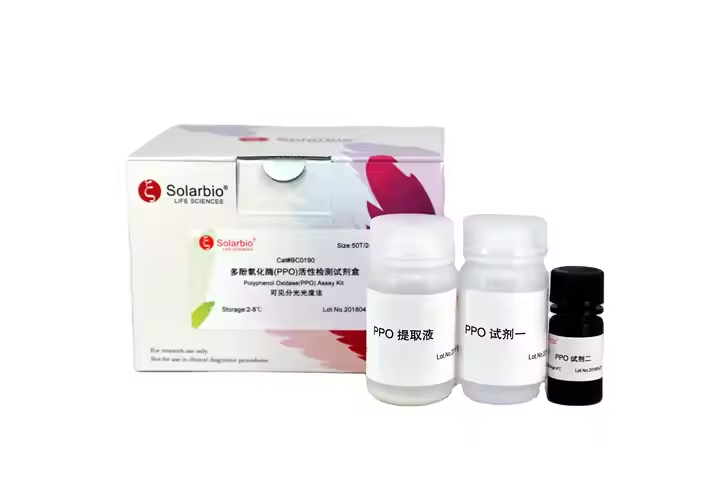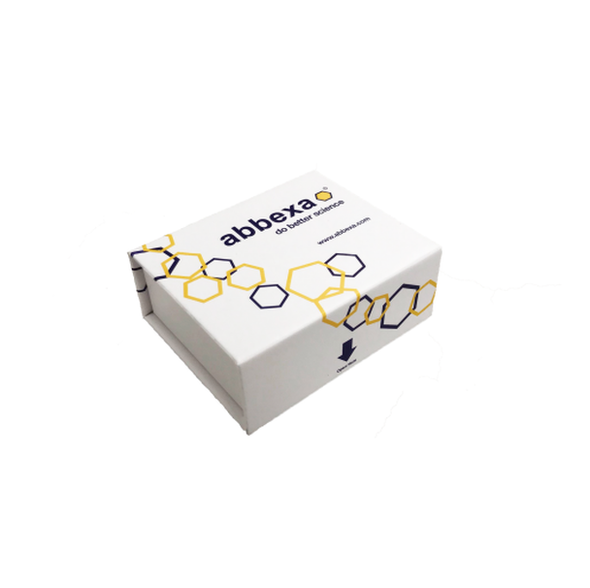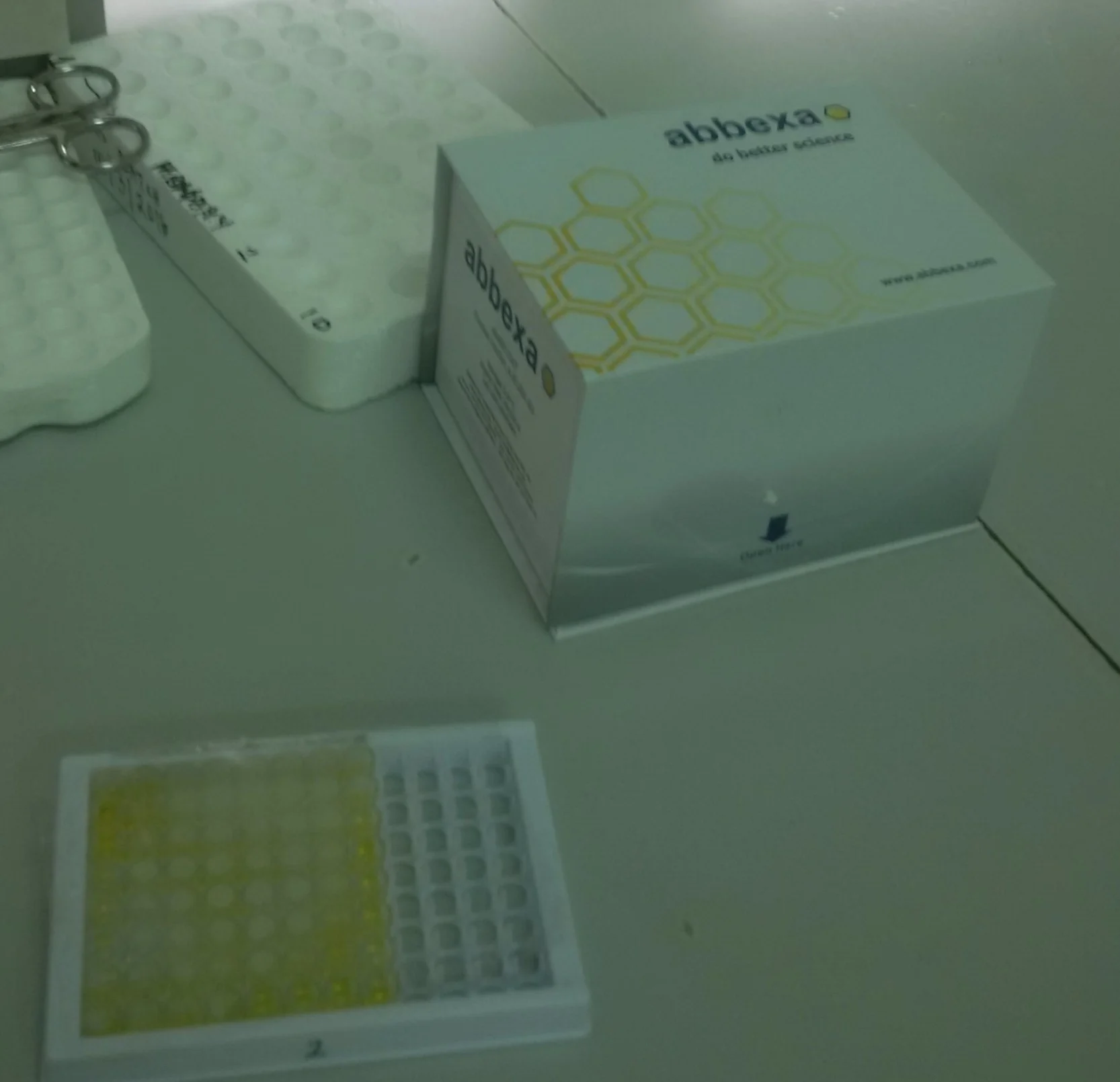Description
The Browning Culprit: Understanding Polyphenol Oxidase and Its Role in Our Food
Have you ever bitten into a crisp apple, only to find it turning brown a few minutes later? Or noticed discoloration on your avocado toast, leaving it less appealing? This common phenomenon is often due to the enzymatic activity of Polyphenol Oxidase (PPO), an enzyme present in a wide variety of plants and microorganisms.
While not a direct threat to our health, the browning caused by PPO can significantly impact the appearance, taste, and nutritional value of our food. Understanding what PPO is, how it works, and how to control its activity is crucial for food processing, preservation, and even enhancing certain culinary experiences.
What is Polyphenol Oxidase?
Polyphenol Oxidase (PPO), also known as tyrosinase, catechol oxidase, or phenolase, is a copper-containing enzyme that catalyzes the oxidation of phenolic compounds. These phenolic compounds, naturally present in plants, are typically colorless.
Think of PPO as a trigger. When a fruit or vegetable is cut, bruised, or otherwise damaged, cell structure is disrupted, releasing both PPO and phenolic compounds. This allows PPO to come into contact with these compounds in the presence of oxygen.
The Browning Process: Oxidation in Action
The reaction catalyzed by PPO leads to the formation of quinones. These quinones are highly reactive and subsequently polymerize, meaning they combine with each other and other molecules, to form dark-colored pigments called melanins. These melanins are responsible for the brown or black discoloration we observe.
Where is PPO Found?
PPO is ubiquitous in the plant kingdom, found in a wide range of fruits, vegetables, and fungi. Some common examples include:
- Fruits: Apples, pears, bananas, grapes, peaches, avocados
- Vegetables: Potatoes, mushrooms, lettuce, eggplant
- Beverages: Tea, coffee, and cocoa
The level of PPO activity varies depending on the specific plant species, variety, maturity stage, and growing conditions.
The Good, the Bad, and the Browning:
While browning is often seen as undesirable, the effects of PPO aren’t always negative.
- Undesirable Effects: Browning can lead to a loss of visual appeal, reduced nutritional value (through the breakdown of vitamins and antioxidants), and changes in flavor and texture. This is particularly problematic in the fresh-cut produce industry.
- Desirable Effects: In some cases, PPO activity is essential for creating the desired color and flavor profiles. For example, during the fermentation process of tea, PPO contributes to the development of the characteristic dark color and aroma. Similarly, the enzymatic browning of prunes and cocoa beans contributes to their unique flavor profiles.
Controlling the Browning: Strategies for Preservation
Given the significant impact of PPO on food quality, various methods have been developed to control enzymatic browning:
- Heat Treatment (Blanching): Heating food to a specific temperature deactivates PPO, preventing browning. This is commonly used in the processing of canned and frozen fruits and vegetables.
- Acidification: Lowering the pH by adding acids like lemon juice, vinegar, or citric acid inhibits PPO activity. This is a common trick used to prevent browning in avocados and apples.
- Exclusion of Oxygen: Preventing oxygen from reaching the exposed surfaces of fruits and vegetables reduces the rate of oxidation. This can be achieved through vacuum packaging or coating the surface with a barrier.
- Use of Inhibitors: Certain chemicals, such as sulfites and ascorbic acid (vitamin C), can inhibit PPO activity. However, the use of sulfites is often restricted due to potential allergic reactions.
- Genetic Modifications: Scientists are exploring genetic engineering techniques to develop fruits and vegetables with lower PPO activity, reducing the need for other preservation methods.
Beyond Browning: Other Roles of PPO
While PPO is primarily known for its role in browning, it may also play other important roles in plants, including:
- Defense Mechanism: PPO-mediated browning can act as a defense mechanism against herbivores and pathogens by forming toxic quinones that deter feeding and inhibit microbial growth.
- Wound Healing: PPO may be involved in wound healing in plants by creating a protective barrier against infection.
- Pigment Synthesis: PPO can be involved in the synthesis of other pigments in plants besides melanins.
Conclusion:
Polyphenol Oxidase is a fascinating enzyme with a significant impact on the appearance, taste, and nutritional value of our food. Understanding its activity and how to control it is essential for food processing, preservation, and even enhancing certain culinary experiences. While browning may often be seen as undesirable, the effects of PPO are not always negative, and its role in other plant processes is actively being researched. So, the next time you see an apple turning brown, remember the complex chemistry at play thanks to Polyphenol Oxidase.










Reviews
There are no reviews yet.